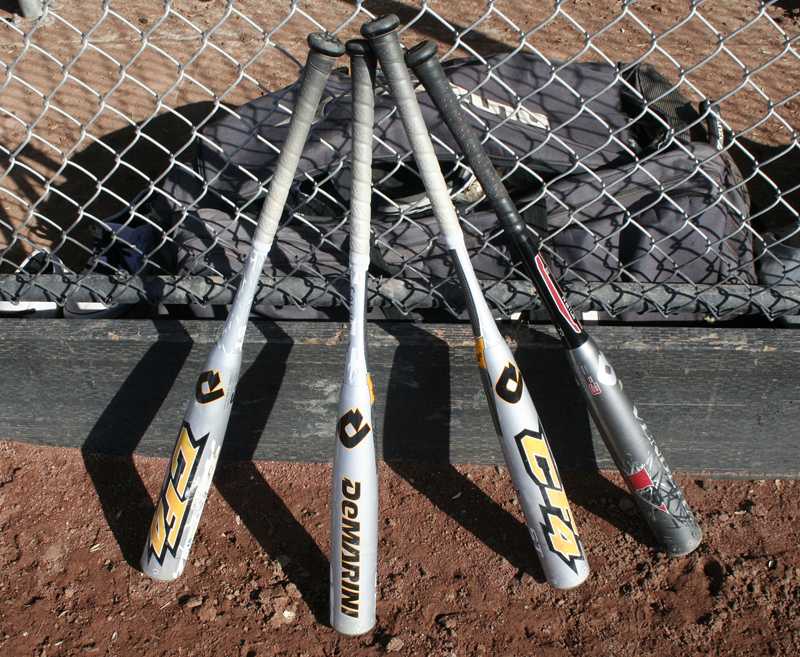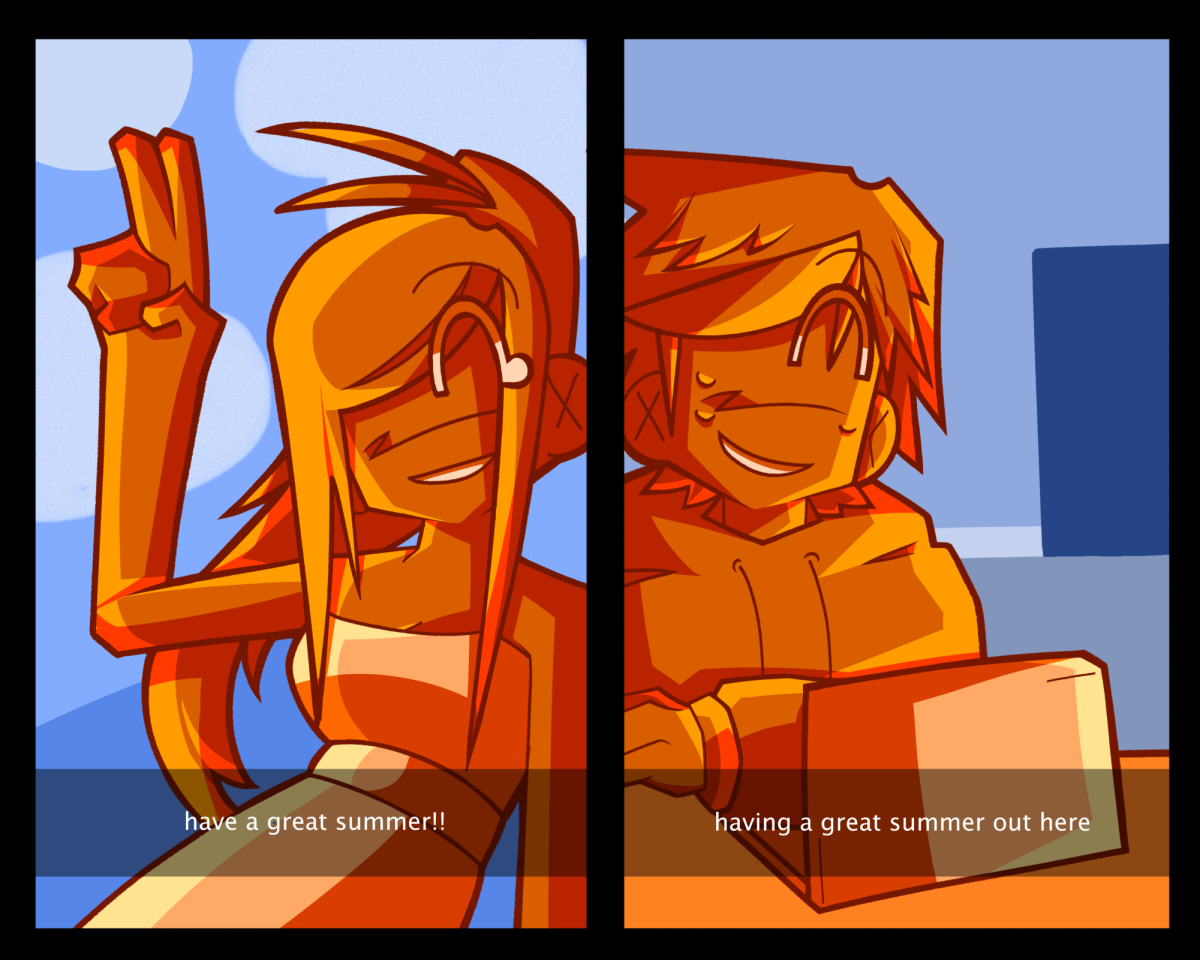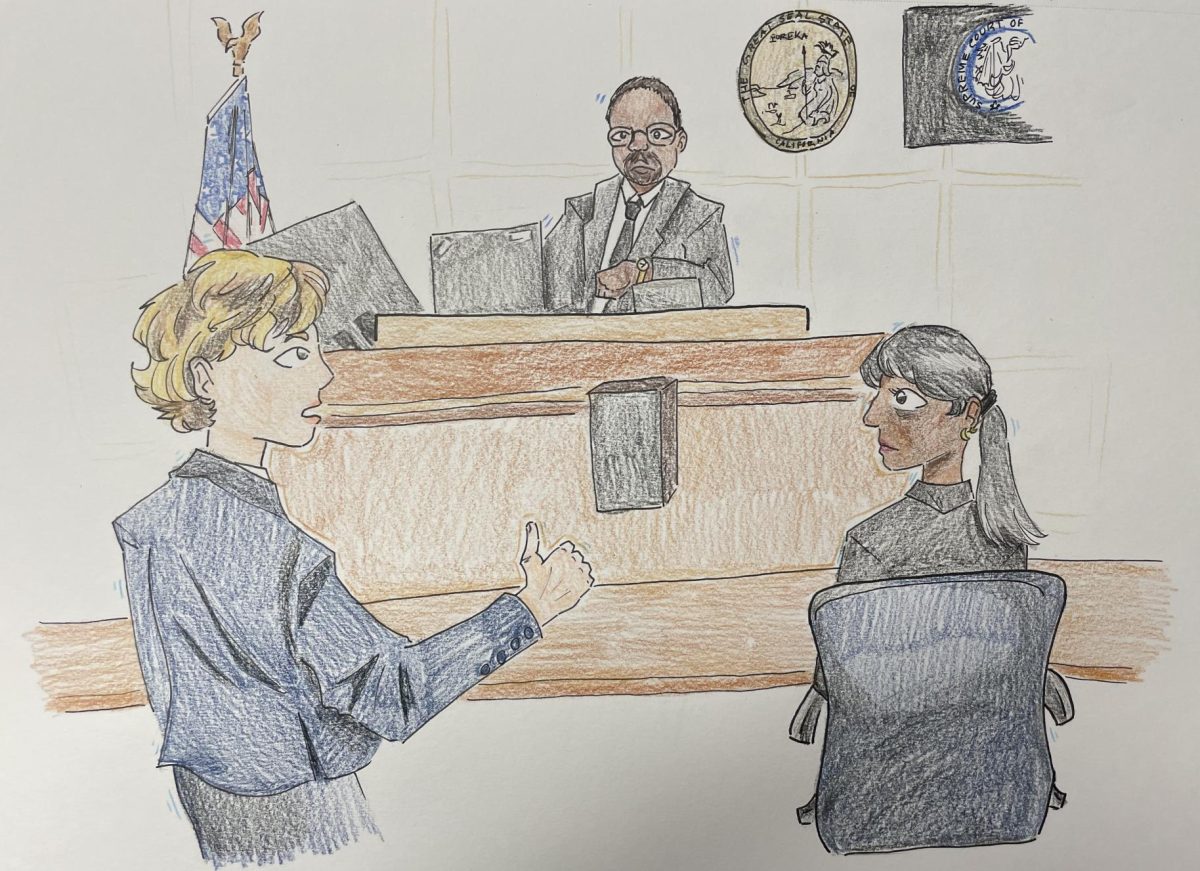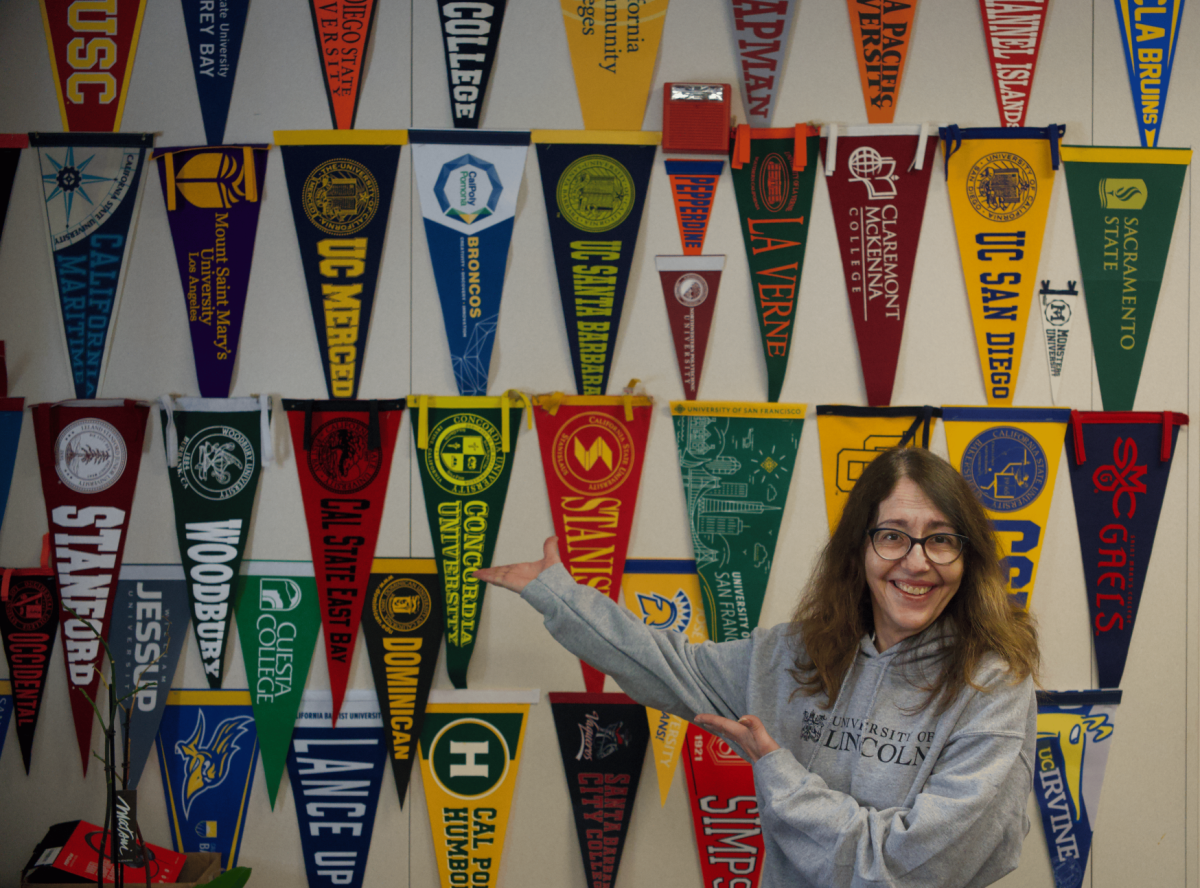
by Luke Finkel, staff writer
The California Interscholastic Federation believes it has found a way to improve bat safety without compromising the game of high school baseball.
After many injuries involving aluminum bats last year, schools in the North Coast Section and all other sections throughout the state switched to softer composite bats this season.
“These bats will make the game safer,” Cal High baseball coach Dan Ward said.
Last year, Marin Catholic High School pitcher Gunnar Sandberg was hit in the head with a baseball traveling at roughly 100 mph, knocking him into a coma for more than a month.
Gunnar, who is back on the field this season, is a local example of a serious injury that has happened to hundreds of kids across the country.
The CIF decided to manage the ball-exit-speed-ratio (BESR) – the speed in which the ball leaves the bat – to help prevent injuries.
A ball will exit the bat at roughly 120 percent of the speed in which it was pitched.
For example, the average high school pitcher will throw an 80 mph fastball. If the hitter makes good contact, the ball will leave the bat at almost 100 mph.
That scenario was the unfortunate case for Gunnar.
Cal pitcher Evan Brisentine said he and other pitchers support the change because batters won’t get as good contact.
But Evan doesn’t support a possible safety regulation that would require batters to wear helmets with masks.
“I’m not wearing any mask,” Evan said.
The new bats will have to comply with CIF’s new BESR regulatons. The CIF is requiring a composite bat to replace aluminum.
Composite bats were chosen because they don’t hit the ball as hard and they’re not as expensive as wood, which strike the ball as hard but cost almost twice as much.
A high-end wood bat can cost up to $300, while a comparable composite bats costs $150-$200.
“In addition to addressing safety issues raised by legislators, our approach is intended to minimize the fiscal impact on schools and families,” CIF State Executive Director Marie M. Ishida said in a statement. “Our decision helps protect the integrity of baseball by weeding out modified high- performance bats that provide an unfair advantage and have no place on the baseball diamond.”
This topic has been the basis of many debates across the country.
There is a fine line between safety and protecting the integrity of the game. The goal of the CIF is to protect players without giving the pitchers an advantage.
The bat change was originally supposed to be enforced starting in the 2012-2013 season, but the CIF passed it quickly to start this season.
Many players are already using composite bats, the only difference will be the BESR.
Every composite bat can be made to a certain BESR so that they comply with new CIF regulations.
The new rule also aims to get many schools to supply players with head protection, as opposed to having players supply it for themselves.
“I’m all for making the game safer,” Ward said, “but I hope they don’t make them (batters) wear masks like in softball.”
Cal High already supplies its players with proper gear, but many other schools around the area do not.
The goal of the CIF board is to prevent serious injuries such as Gunnar’s. Their hope, and that of many others, is that the new rule will protect players, while maintaining the integrity of the game.





